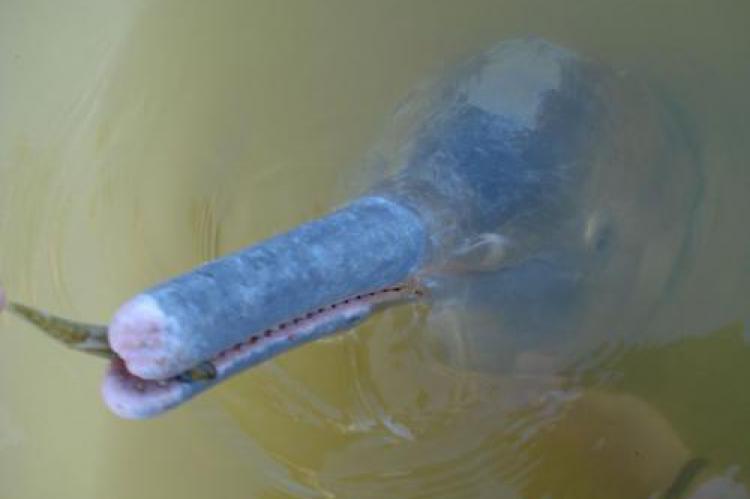New species of river dolphin proposed
It is the first time in a nearly 100 years a new species of river dolphin has been discovered in the Araguaia River basin of Brazil. Scientists warn that it is highly endangered.
Named after the Araguaia river where it was found, the species is only the fifth known of its kind in the world.
Extinction looms
True river dolphins are some of the rarest and most endangered of all vertebrates. They comprise relict evolutionary lineages of high taxonomic distinctness and conservation value, but are afforded little protection. Three of the four other known species are listed as "threatened" by the International Union for Conservation of Nature (IUCN). One of the best known species, the Yangtze river dolphin or baiji is believed to have gone extinct in about 2006.
In the study, the Brazilian team concluded that the DNA of the Araguaian river dolphins is sufficiently different from that of other botos to warrant designation as a new species. The degree of difference suggests that the Araguaian boto most likely separated from other dolphin species more than two million years ago. Physical and genetic differences from other dolphins, they write, represent "strong evidence that individuals from the Araguaia River represent a distinct biological group."
The researchers propose that the new species be called the Araguaian Boto, or Boto-do-Araguaia. The scientists in Brazil observed about 120 of the Araguaian dolphins over 12 weeks. They estimate that there are about 1,000 of these creatures living in the river that flows northward for more than 2,600km to join the Amazon.
The dolphins are at the top of the line, they eat a lot of fish. They rob fishing nets so the fishermen tend to not like them, people shoot them.
—Dr Tomas Hrbek, Federal University of Amazonas.


